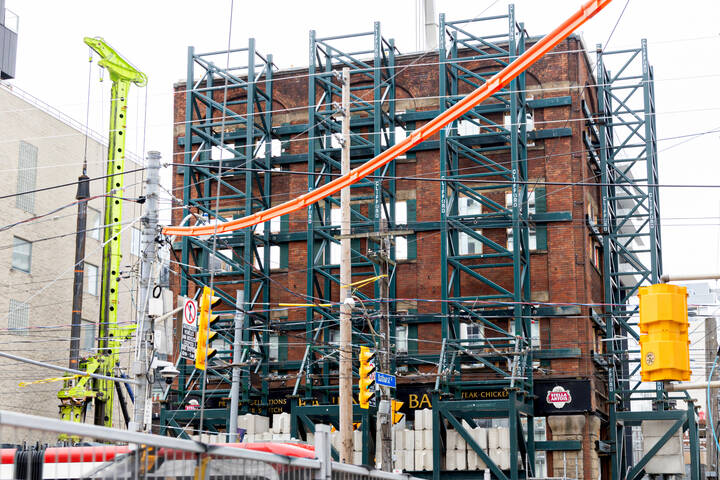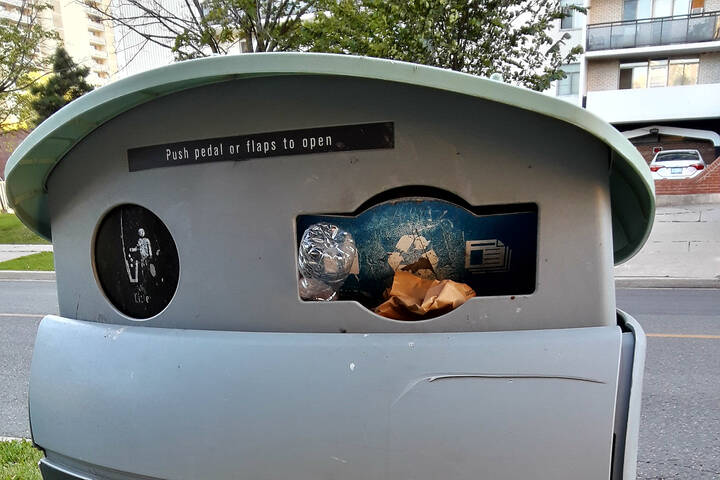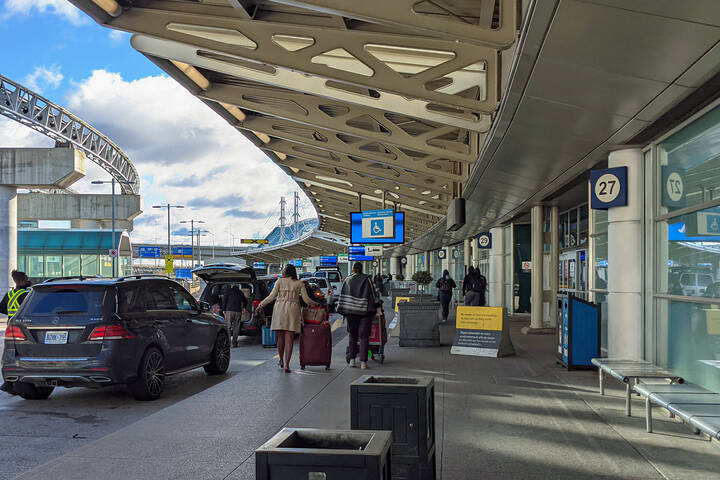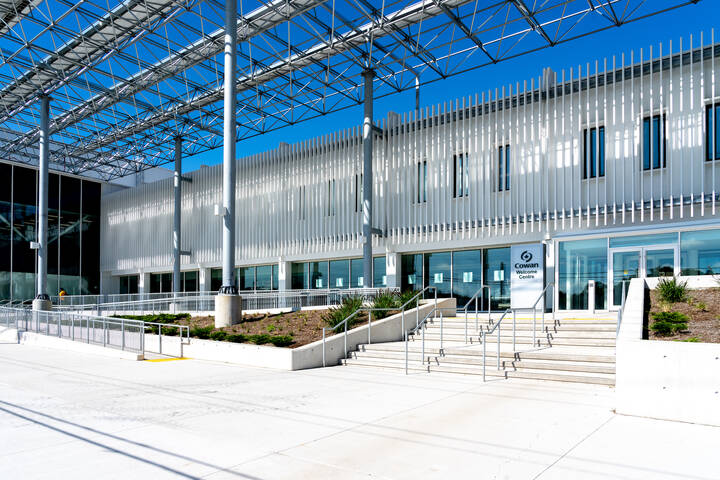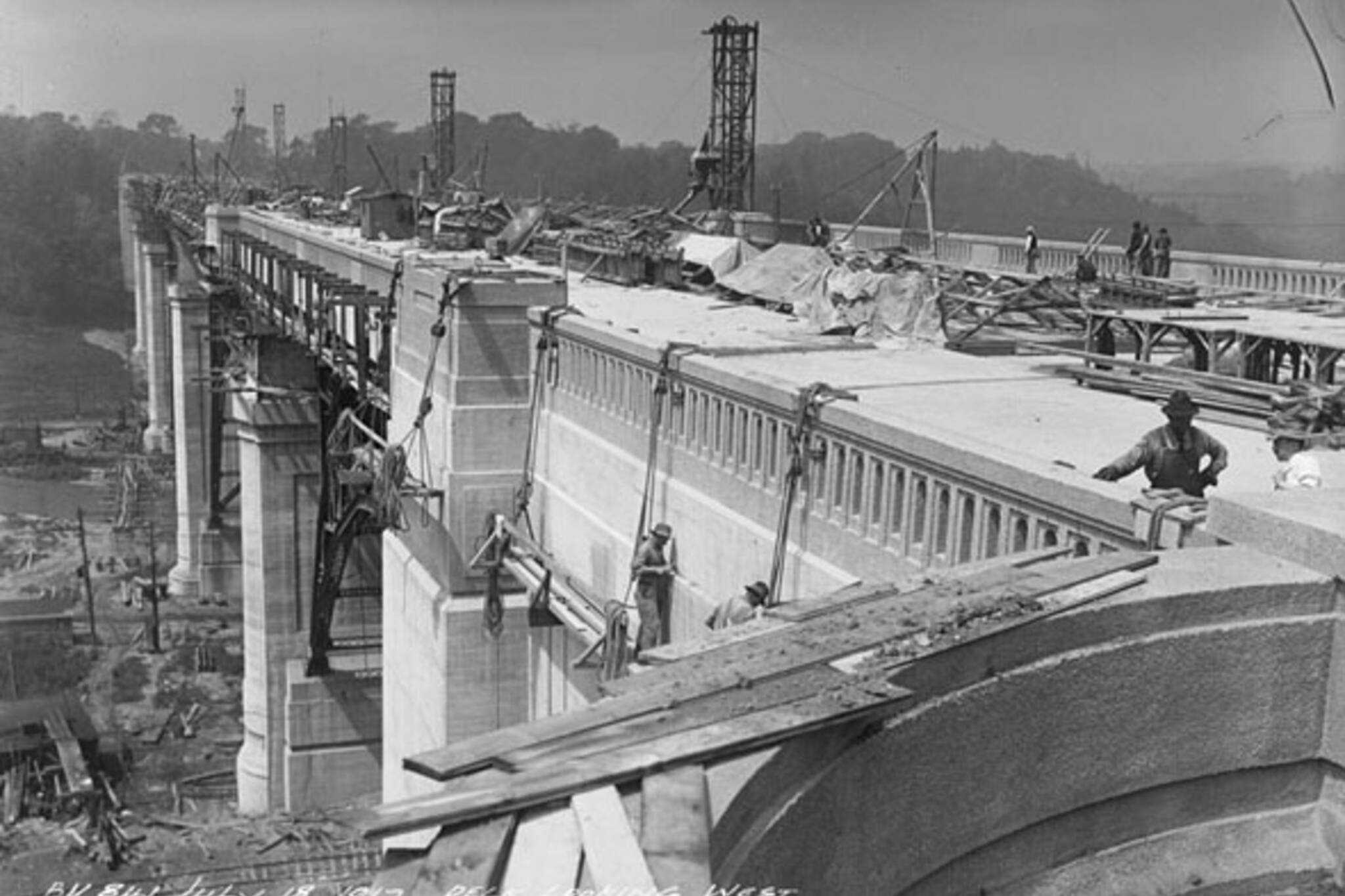
Nostalgia Tripping: The Prince Edward Viaduct and the Luminous Veil
The bridge over the expansive Don Valley is to me a link between the old city and the east end. Prior to the construction of the viaduct, the valley served as a natural boundary between these two areas. It is certainly one of Toronto's most iconic bridges, and it has accommodated changing modes of transportation over the years.
As is noted in Toronto's Visual Legacy: Official City Photography from 1856 to the Present around 1884, following the annexation of Riverdale, access to the east side of the Don Valley from Bloor Street became an issue. This further intensified in 1908 after East Toronto became part of the city.
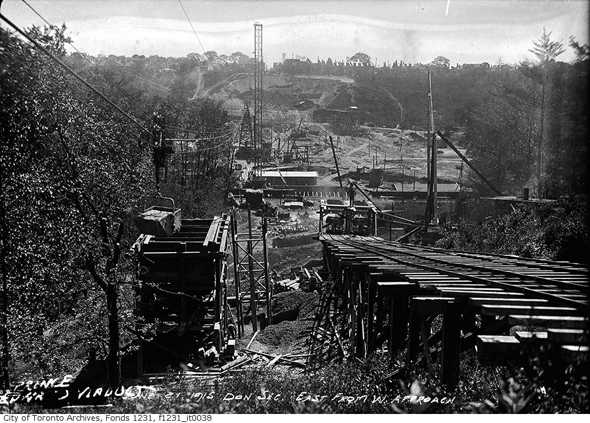
Despite this necessity, the proposal to construct a connecting bridge was quite controversial, and subsequently two referendums regarding it, held respectively in 1910 and later in 1912, were defeated. The plan, which envisioned a straight route connecting Bloor Street to Danforth Avenue, was unpopular as Torontonians were concerned that the viaduct would be harmful to the natural beauty of the Rosedale Ravine.
A proposal that outlined a terrace-type route was much more popular with voters and it was adopted by the Council in June of 1912. This design specified a route that extended Bloor Street from southeast from Sherbourne Street to Parliament Street, and crossed over the Rosedale Ravine.
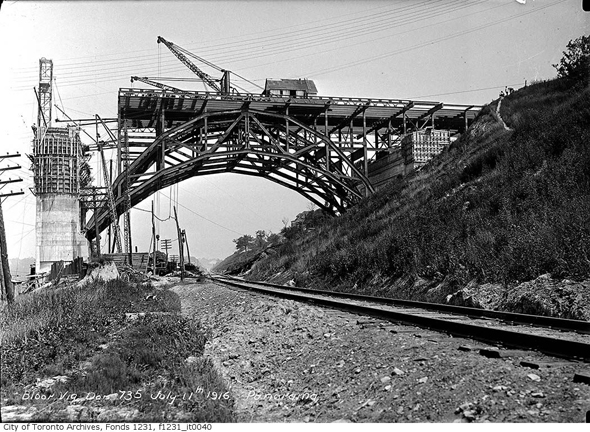
The construction cost was $2.5 million and it began in 1915 and was completed in 1919. The viaduct was jointly designed by Work Department staff and architect Edmund Burke, under the supervision of Commissioner of Works and City Engineer Roland Caldwell Harris. The structure was named to commemorate the visit of Prince of Wales to the city. The plan also included a streetcar line as well as a platform under the roadway for a future subway line, which did not materialize until nearly half a century later with the construction of the Bloor-Danforth line.
In 1988, the viaduct was designated as a heritage property under the Ontario Heritage Act due to its historical and architectural importance. It is regarded as a major engineering achievement that transformed the city.
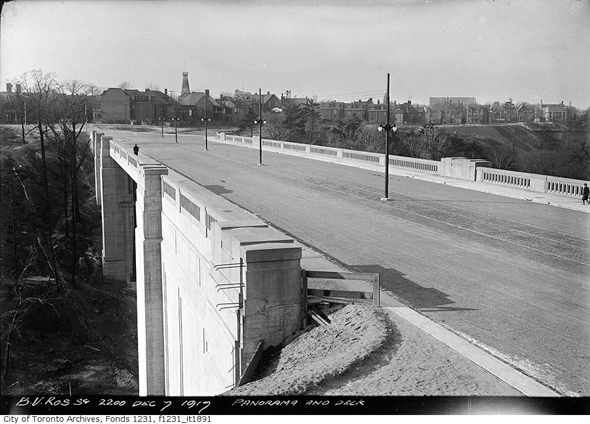
Writing about the viaduct would not complete without mentioning the Luminous Veil, the latest addition to the top portion of the viaduct. Tragically, over the years, owing much to the way it is situated above the valley, the bridge has witnessed a number of individuals with the unfortunate goal of ending their lives.
According to Canadian Architect, it was constructed in 2003 at a cost of $5.5, following five years of delays of construction. It was designed by Dereck Revington Studio of Toronto and the Yolles Partnership, and in 1999 it won Canadian Architect Award of Excellence.Images from the Wikimedia Commons, City of Toronto Archives, and author's collection.
Latest Videos
Latest Videos
Join the conversation Load comments


